Business
11 Major Retailers Raising Prices Due to Tariffs
By Jake Beardslee · July 8, 2025

11 Major Retailers Raising Prices Due to Tariffs
As the effects of renewed tariffs ripple through global supply chains, American retailers are quietly adjusting price tags on everything from towels to tech. What started as a policy shift has now translated into price shifts on the ground, with consumers noticing subtle but widespread increases across major national chains.The import tariffs pushed by the Trump administration are affecting how companies source, price, and promote products. From big-box giants like Walmart to specialty retailers like Pandora, each brand is dealing with the squeeze in its own way. Some are renegotiating contracts or shifting production, while others are tacking on small surcharges or phasing in price hikes category by category.
For shoppers, this means fewer dramatic markdowns, more selective deals, and a checkout total that creeps higher. Here’s how 11 major retailers are responding. Ivan Samkov / Pexels
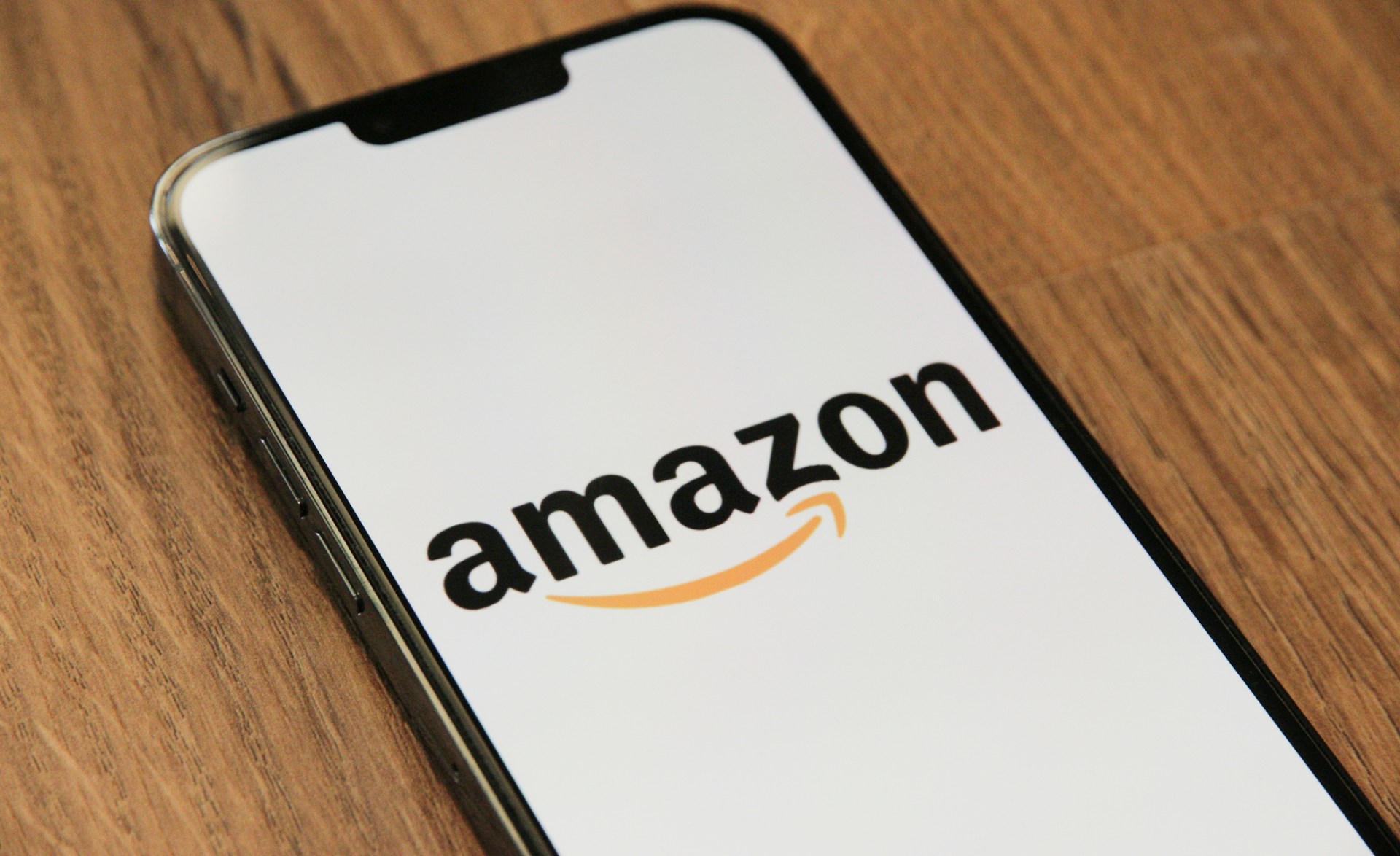
1. Amazon
Third-party sellers on Amazon are tacking on increases across key categories like electronics accessories, home décor, and apparel. Some listings now explicitly note “price adjusted for import duties.” According to Reuters, certain vendors have even withdrawn from Prime Day to avoid losses. Amazon itself is raising fulfillment and storage fees, and fewer ultra-cheap knock-offs are available. While two-day shipping remains intact, sticker shock is more common, especially for items sourced overseas. Marques Thomas / Unsplash
2. Best Buy
Best Buy executives are feeling the squeeze from tariffs on TVs, audio systems, and gaming devices. Some of those costs are already baked into higher shelf prices. Holiday "doorbuster" deals are being replaced with more stable pricing, and Geek Squad services may edge upward to reflect pricier parts. Josip Invankovic / Unsplash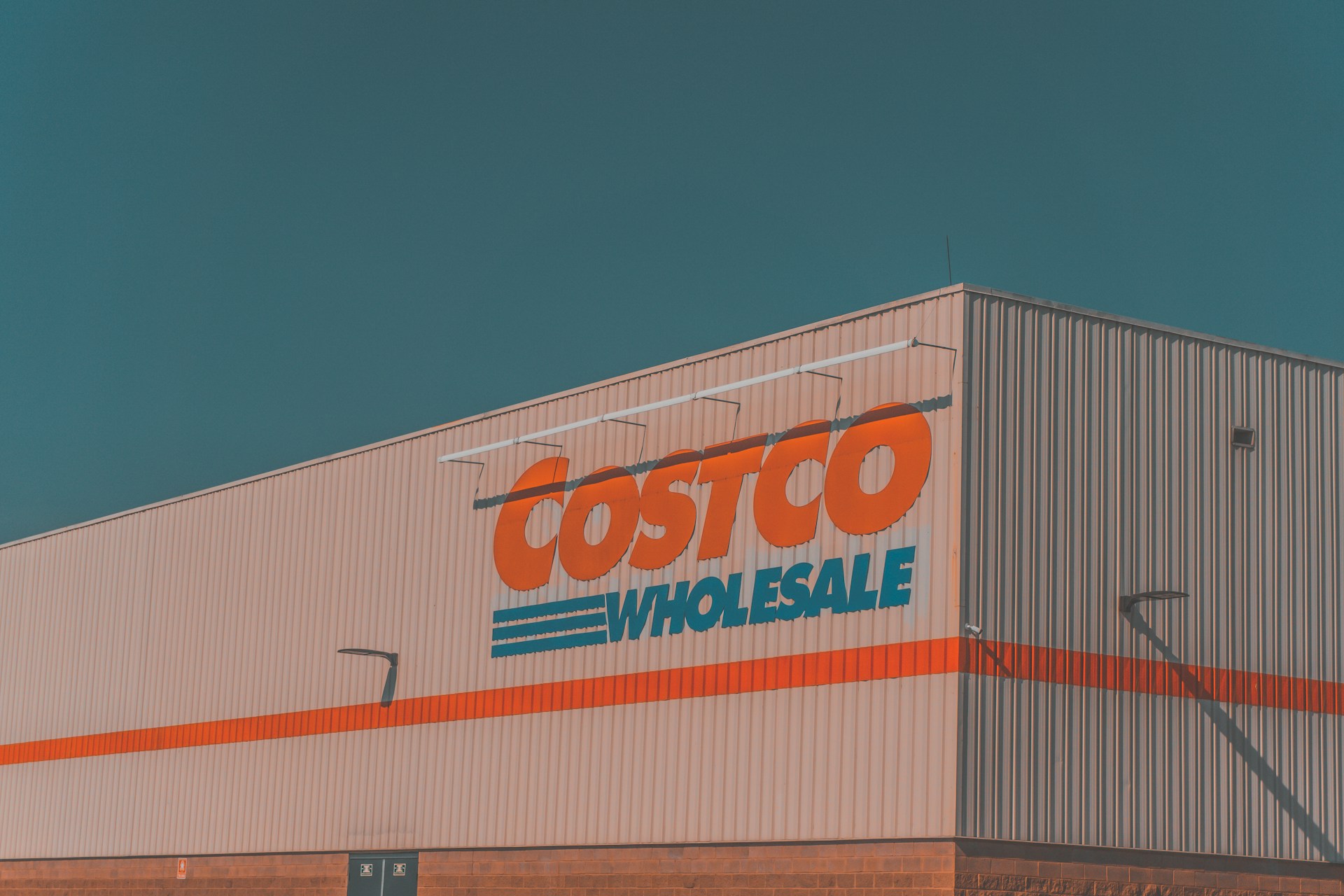
3. Costco
Costco’s bulk model offers some insulation, but it is not immune. Imported Kirkland Signature products are being reformulated or domestically sourced. According to internal chatter, members are seeing surcharges on cases of wine, electronics, and imported food staples like nuts and olive oil. The iconic $1.50 hot dog is safe, but for some seasonal décor and toys, expect a few extra cents per unit. The wholesaler is reportedly exploring ways to cushion these increases with member subsidies. Omar Abascal / Unsplash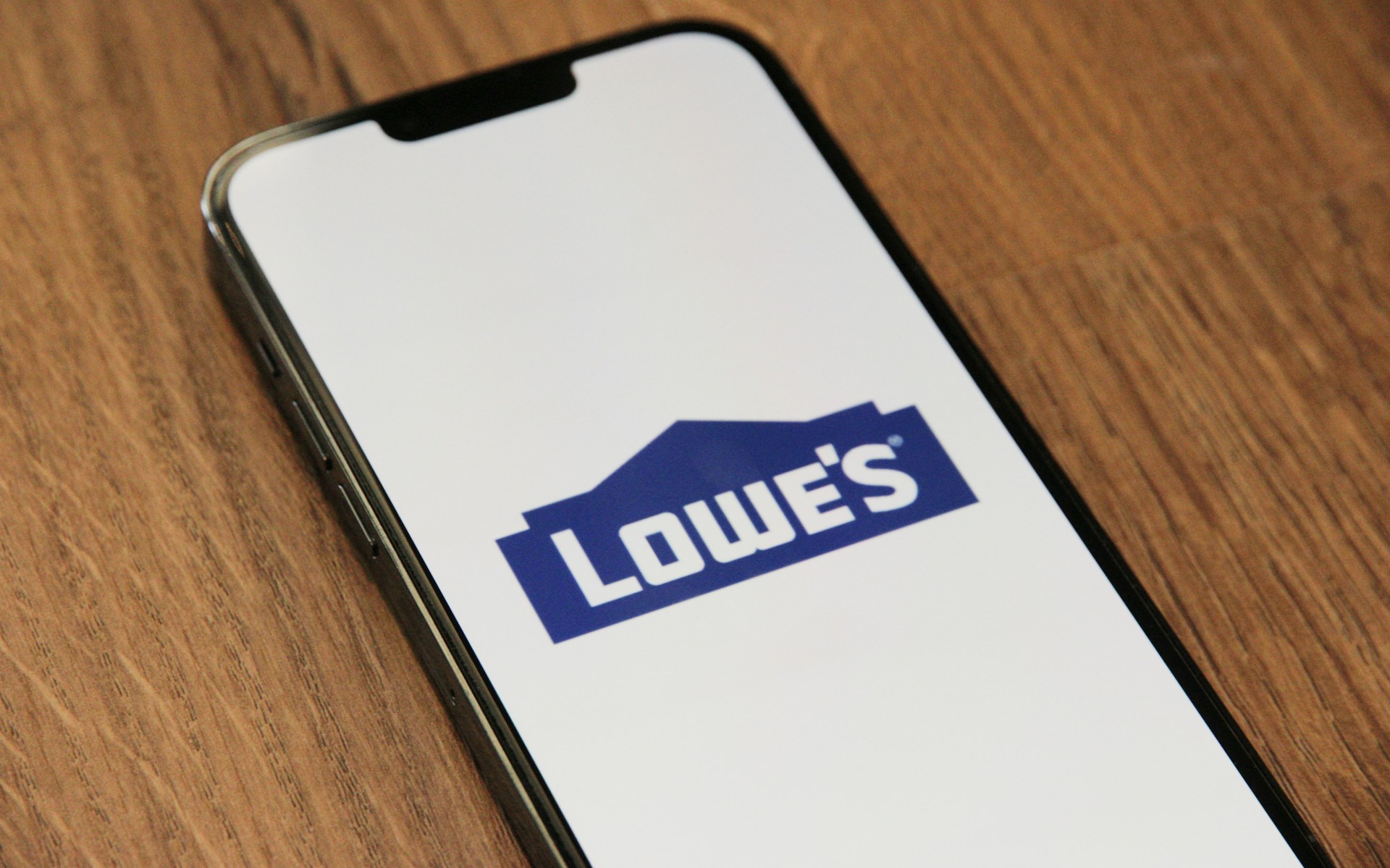
4. Lowe’s
Lowe’s is not dodging tariff fallout either. Raw material costs—particularly steel and resin—are up, translating to higher prices for tools, fittings, and garden products. Online décor is being repriced, and behind the scenes, the company is diversifying its supply chain. Store managers are sometimes using bundled promotions to disguise small bumps. Your next DIY home project may come with an unexpected cost increase. Marques Thomas / Unsplash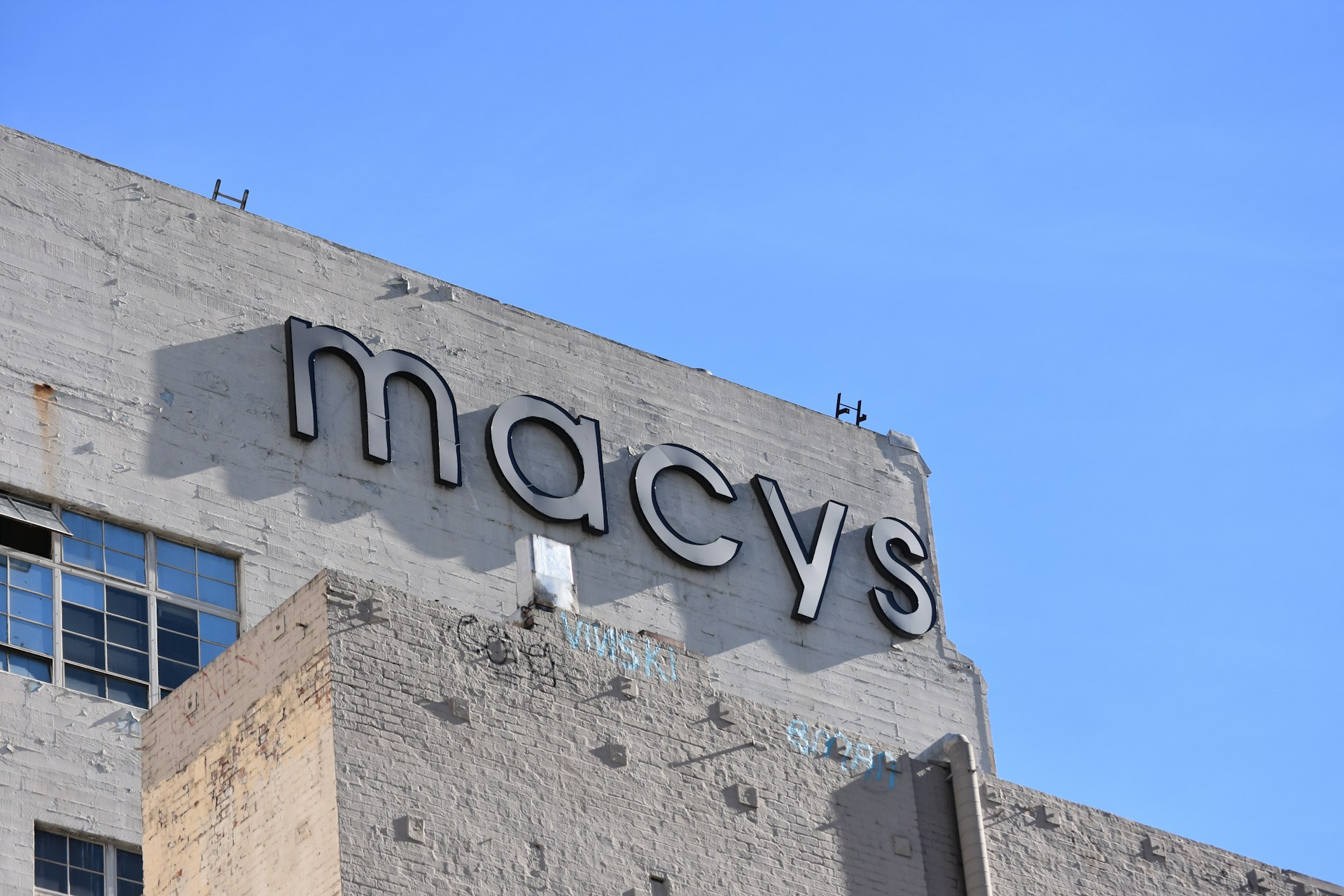
5. Macy’s
Macy’s is subtly raising prices on imported goods like handbags, scarves, and athletic wear. By fast-tracking clearances for pre-tariff inventory, they are cushioning blowback, but that spring jacket may now run you more than last year. Executives are adjusting loyalty points and online pricing transparency to retain customers amid the hikes. Nick Sarvari / Unsplash
6. Nike
Nike is shifting more of its production to Vietnam and Indonesia to reduce U.S. import exposure, but some premium sneaker lines are still impacted. Select limited-edition shoes and special colorways now include a modest markup. Apparel prices are mostly stable, but price increases are filtering through retail partners and Nike.com. Meanwhile, domestic manufacturing is gaining steam, but that will not shield customers from short-term sticker increases on specialty items. Craig Lovelidge / Unsplash
7. Pandora
Pandora is not off the hook either. Reuters reports the jewelry brand is considering slightly increasing prices in select global markets to buffer the impact of U.S. import tariffs. In-store prices in the U.S. are quietly inching up, though tiered coupon codes and shipping perks aim to soften the blow. While U.K. and Australian shops are absorbing more of the cost, American customers can still expect charm bracelets and rings to cost a few dollars more. Mb01021999, CC BY-SA 4.0 https://creativecommons.org/licenses/by-sa/4.0, via Wikimedia Commons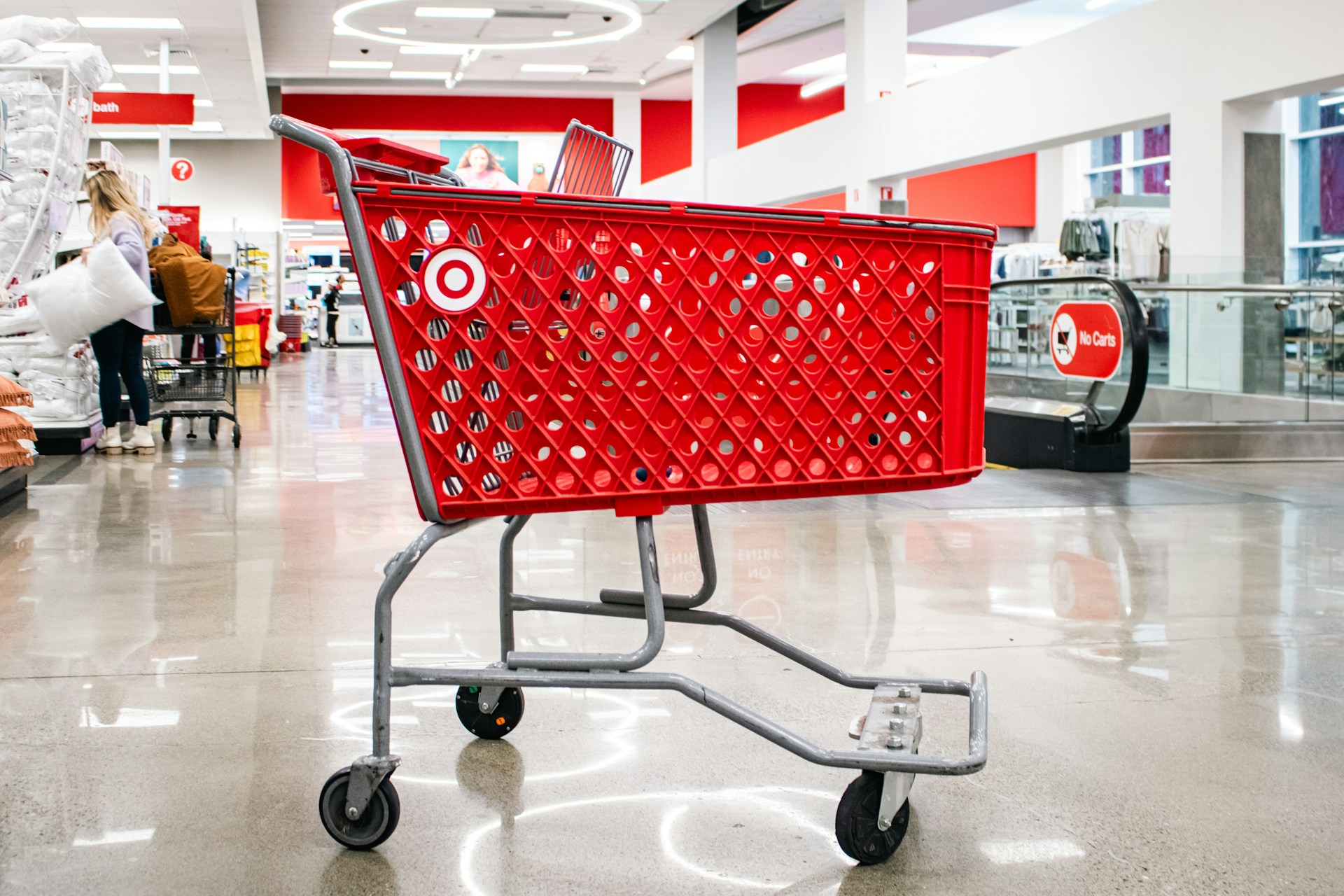
8. Target
Target warned that prices on everyday goods, from towels to toasters, might climb due to rising duties on clothing and appliances. Investopia reports that the company is cutting ties with underperforming suppliers and adjusting sourcing strategies. Overall cart totals are reflecting more of the trade war than most shoppers realize. Even with efforts to limit impact, the famous red bulls-eye comes with a slightly higher checkout total. Zoshua Colah / Unsplash
9. TJ Maxx and Marshalls
The off-price retailers are feeling the pinch too. Import-heavy inventory used to allow dramatic discounts, but with tariffs biting into margins, those markdowns are getting milder. Shoppers are seeing fewer deep cuts on appliances and cookware. Buyers are turning to domestic and tariff-exempt overstock, but it is not enough to keep prices flat across the board. Private label clothing is being prioritized, but the overall vibe is shifting from “wild deal” to “decent markdown.” Travel with Lenses / Pexels
10. Under Armour
Under Armour is bumping prices on its HeatGear and ColdGear lines, which are mostly imported. The brand is pivoting to U.S. mills for future production, but for now, current stock includes a soft price hike. Shelf tags at retail partners are being updated, and even their online store flags “tariff-adjusted” prices. Loyalty members may see perks to help ease the hit, but anyone restocking workout gear will notice the difference. Abhay siby Mathew / Unsplash